Species data set
Type of resources
Available actions
Topics
INSPIRE themes
Keywords
Contact for the resource
Provided by
Representation types
Update frequencies
status
Scale
-
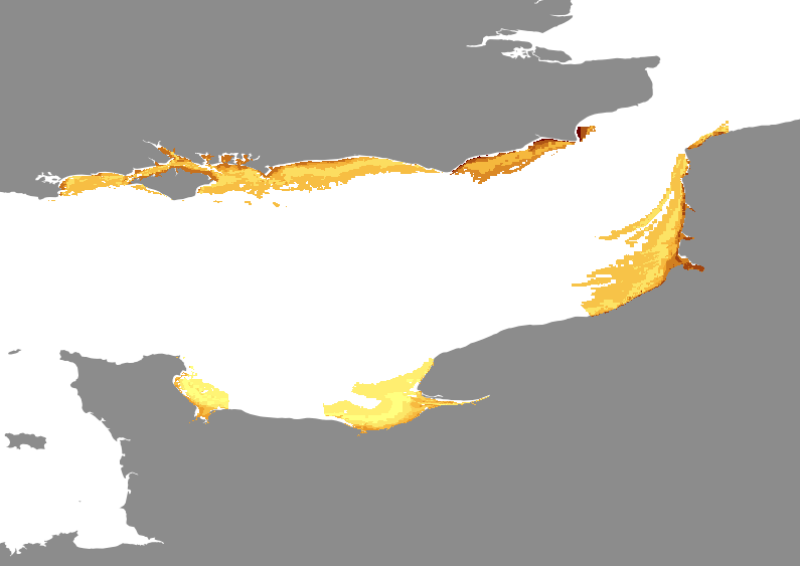
Modelised abundances of Solea solea in coastal nurseries.
-
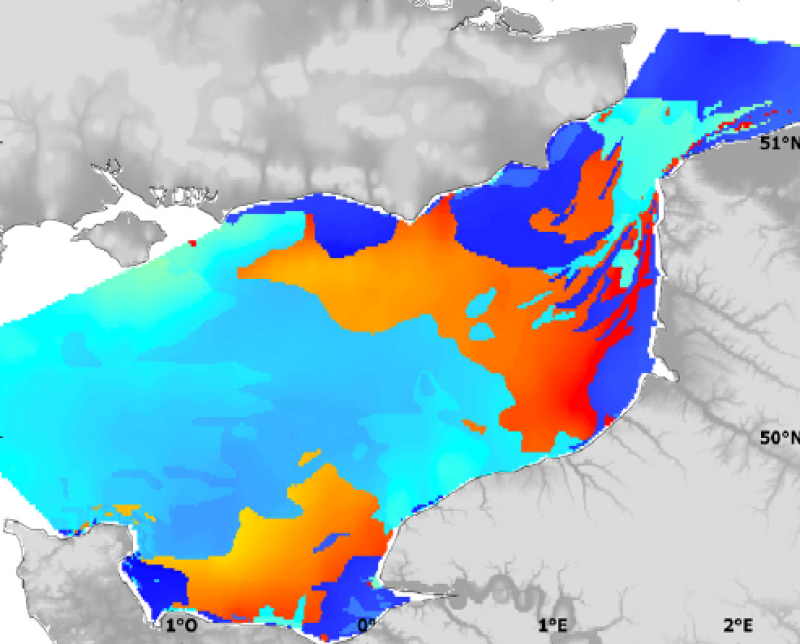
Modelised abundance of species or prediction uncertainty.
-
Biologic data have been expressed in abundance (numbers or density values (nbr/km²)) and always required to be log-transformed using a log10(x+1) transformation.
-

Three environmental parameters were measured in situ during the REISE2 survey in April 1995. Temperature and salinity were measured using a probe. Fluorescence (mean for the water column) was measured using a fluorometer. This survey gives illustration of spring conditions.
-
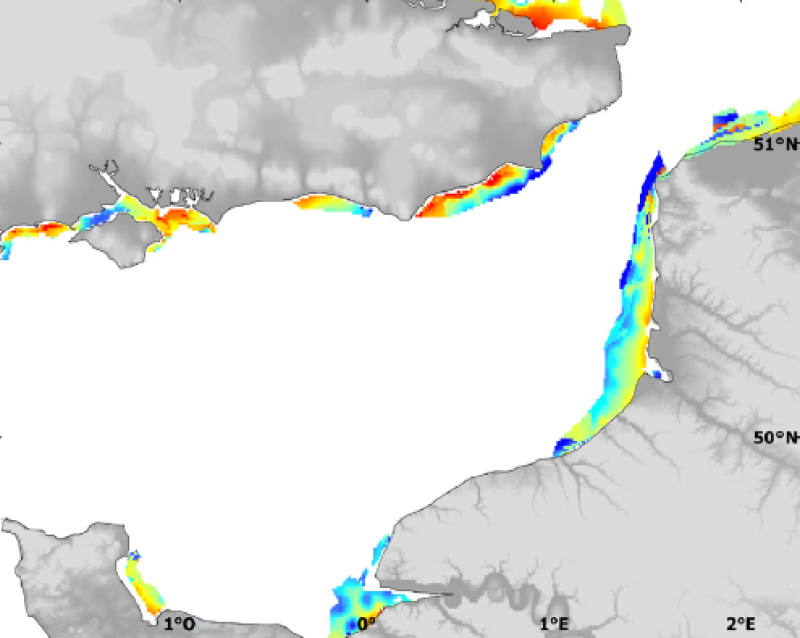
Modelised abundances of several species in coastal nurseries or prediction uncertainty.
-

Biological data have been expressed in abundance (number of individuals per 20 m3).
-
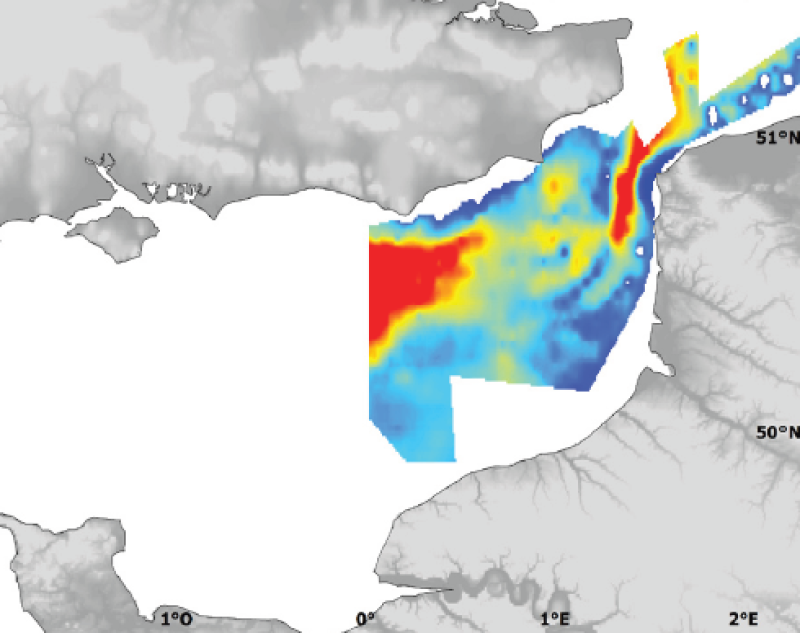
Modelised adundance of several species eggs or prediction uncertainty.
-
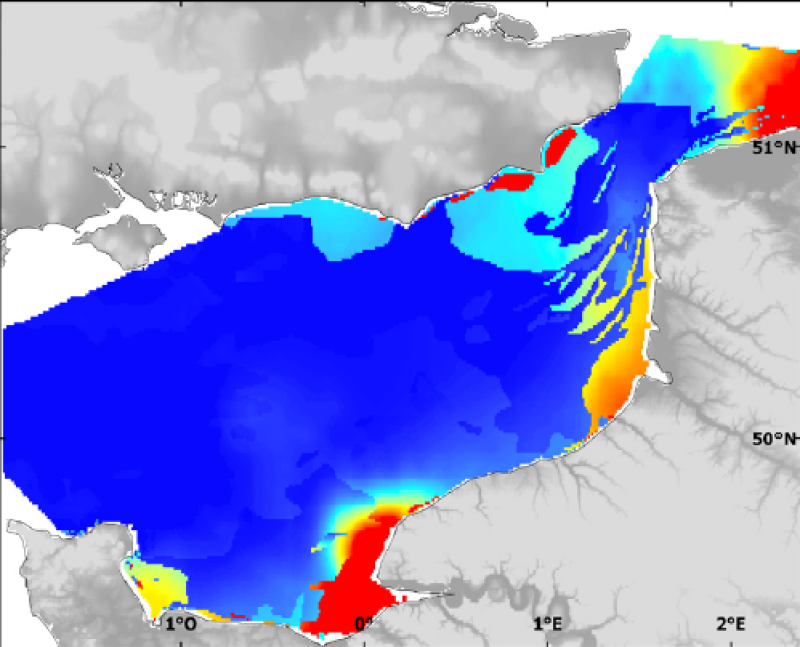
Modelised abundance of species or prediction uncertainty.
-
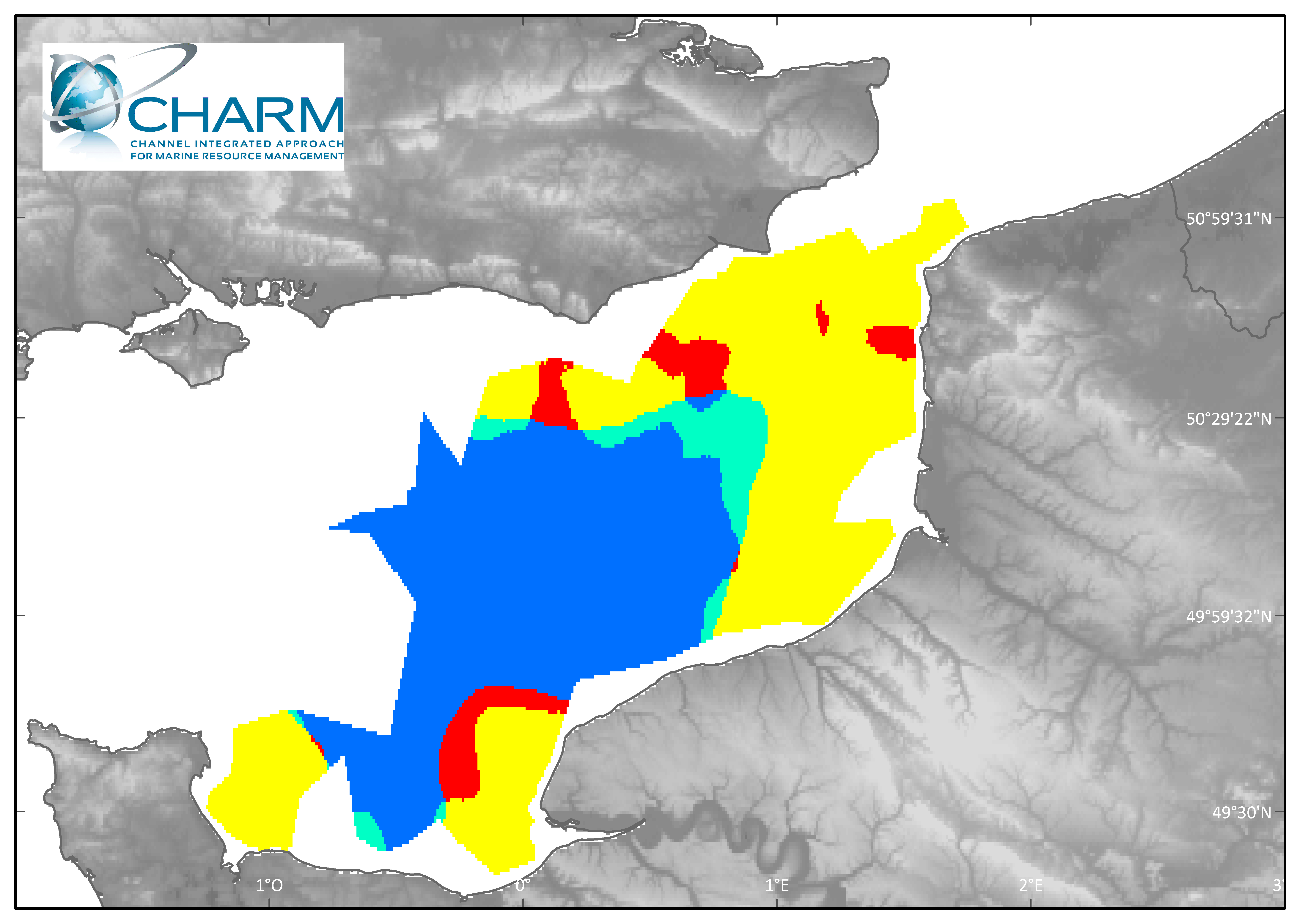
Species habitat occupation has been expressed as rare, occasional, frequent, recurrent depending on density levels and variability over time.
-
Species habitat occupation, observed during the third quarter IBTS from 1991 to 2010, has been expressed as rare, occasional, frequent, recurrent depending on density levels and variability over time.
 Mon GéoSource
Mon GéoSource